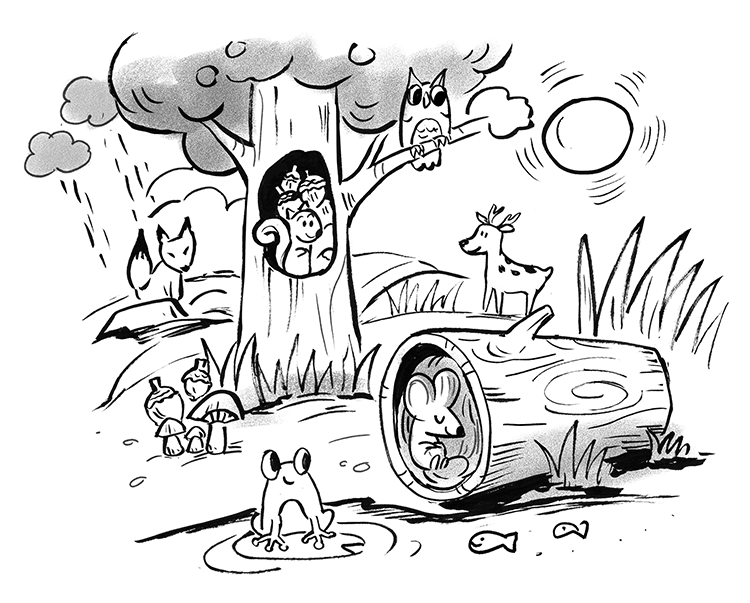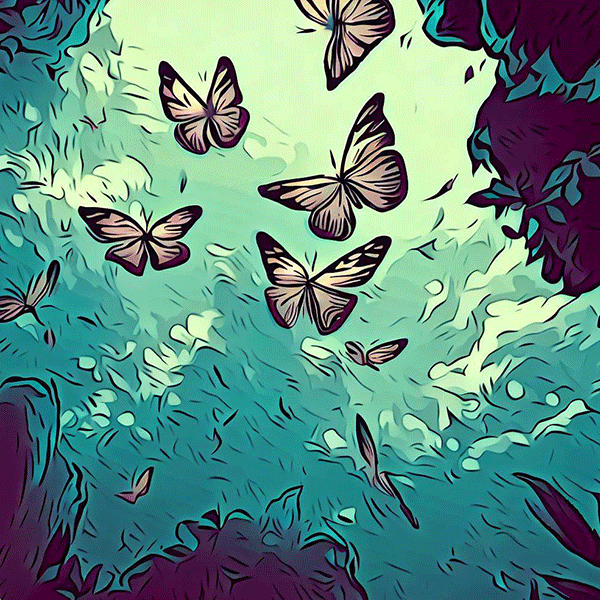The Colorful Life on Earth
Imagine a world where only one type of plant grew, and just one type of animal roamed. Sounds pretty boring, right? Luckily, our planet is bursting with a variety of life forms, from tiny bugs to towering trees, from colorful birds to sneaky sea creatures. This variety of life on Earth is called biodiversity.
What is Biodiversity?
Biodiversity, or ‘biological diversity’, is all about the wide range of living things that make up our world. It includes everything from the tiniest microscopic organism to the largest whale in the ocean. Each of these species plays a unique role in the ecosystem, like pieces of a giant jigsaw puzzle, they all fit together to create a healthy planet.
Why is Biodiversity Important?
- Survival and Adaptation: With a wide variety of species, the chances of survival increase. If one species gets sick or faces danger, others can step in to keep the ecosystem balanced.
- Food and Medicine: Many of the foods and medicines we use come from plants and animals. Biodiversity ensures we have a vast natural pantry and pharmacy.
- Ecosystem Services: Biodiversity helps ecosystems function properly. Plants produce oxygen, bees pollinate flowers, and fungi decompose dead material.
Threats to Biodiversity
Unfortunately, biodiversity is under threat. Factors like pollution, climate change, deforestation, and overfishing are causing many species to become endangered or extinct. This is bad news because when even one species disappears, it can affect the whole ecosystem.

How Can We Protect Biodiversity?
Protecting biodiversity is a big job, but there are ways we can help:
- Recycle and Reduce Waste: By recycling and reducing waste, we can lower pollution and protect habitats.
- Plant Native Plants: Planting native plants in our gardens can provide food and shelter for local wildlife.
- Support Conservation Organizations: These groups work to protect endangered species and habitats.
Remember, every creature, no matter how small or big, has a role to play in our world. By understanding and protecting biodiversity, we’re ensuring a healthier, more vibrant planet for future generations. So next time you see a bug, a bird, or a tree, take a moment to appreciate the wonderful biodiversity that surrounds us.
